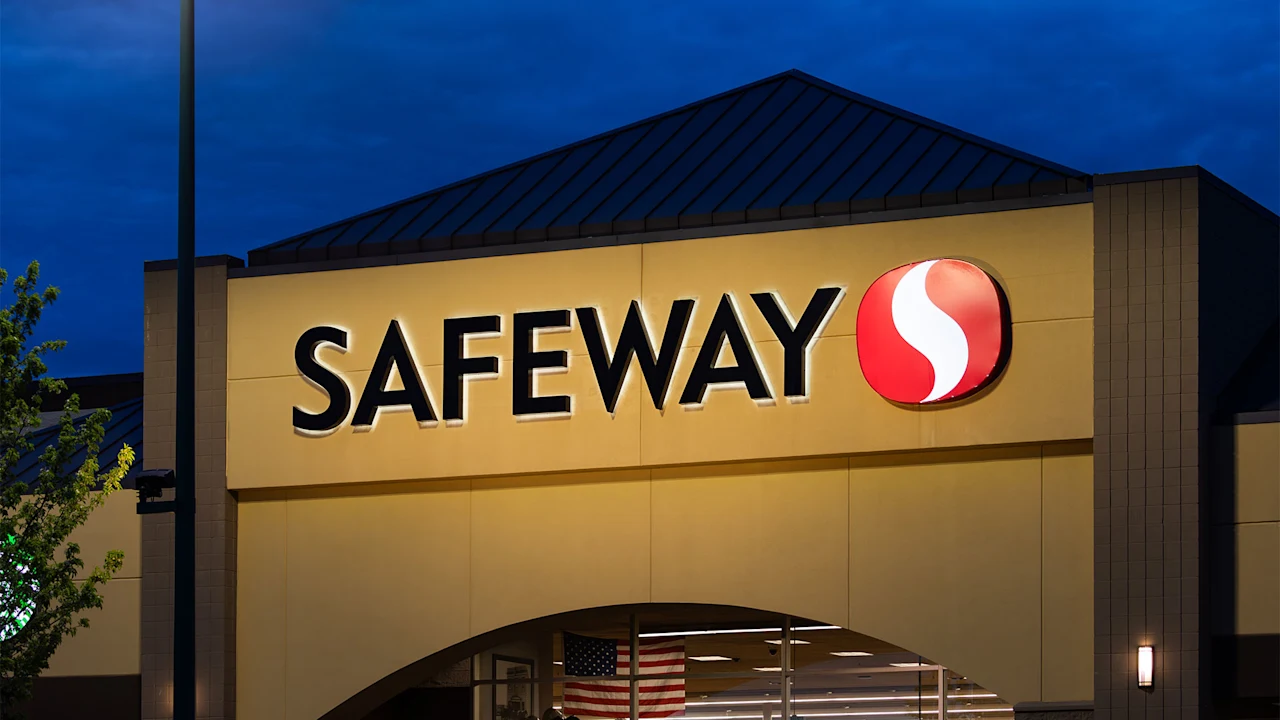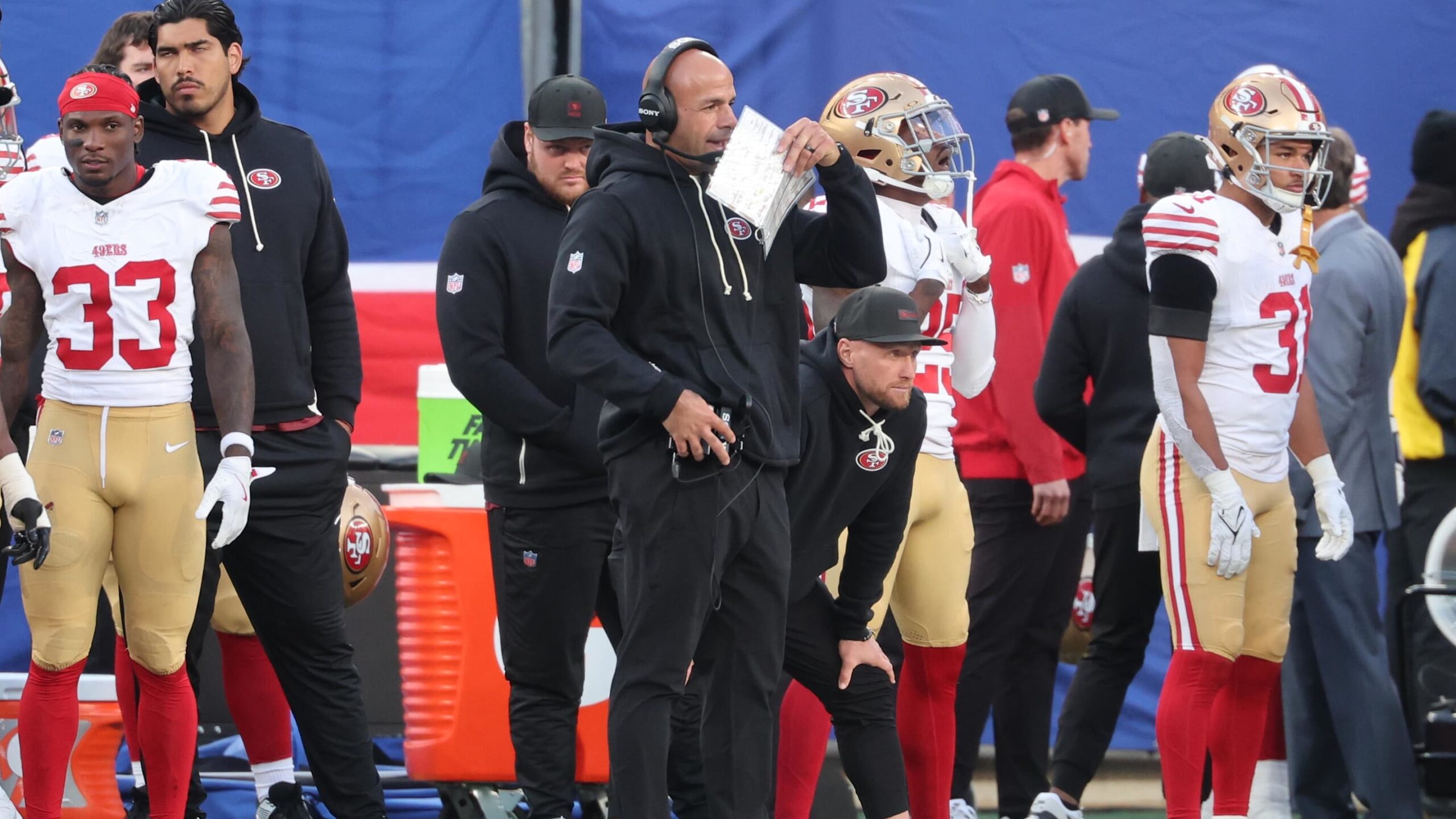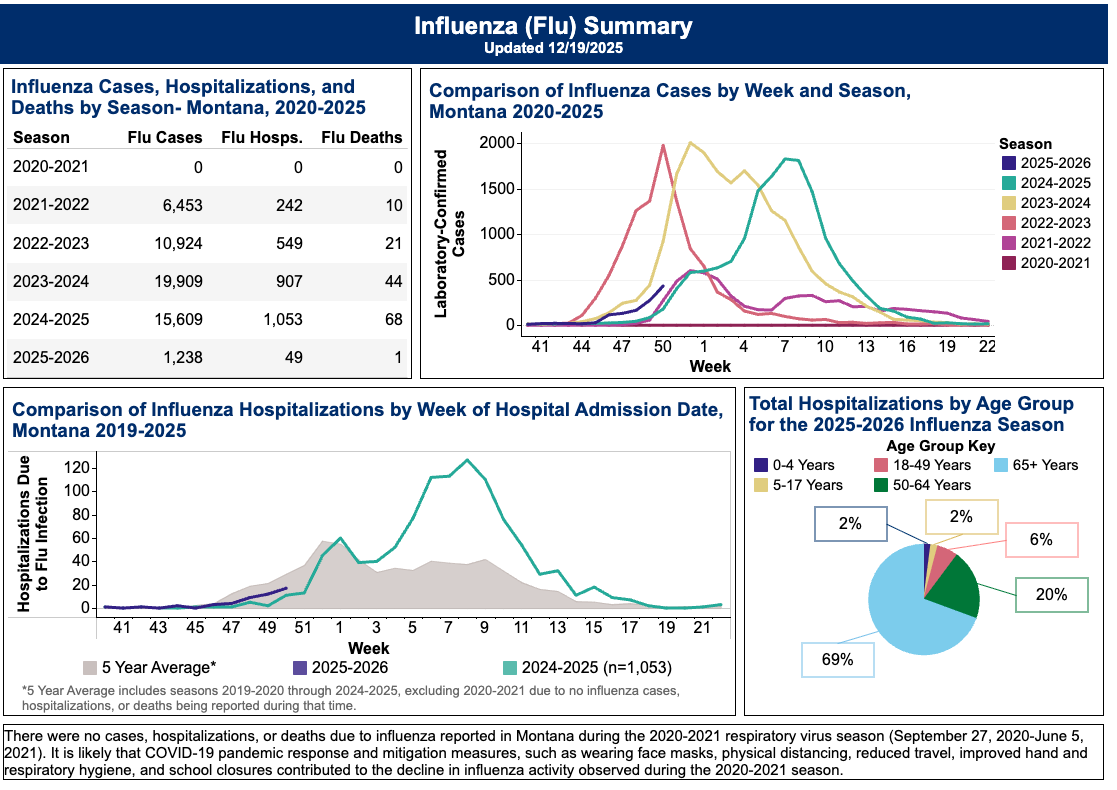Safeway is closing 12 stores in Colorado, Nebraska, and New Mexico, citing poor store performance. This move adds to the ongoing wave of retail shutdowns faced by grocery chains and big-box stores nationwide, impacting community members who rely on these locations for essential goods.
Safeway closing stores: Full list of doomed locations as the Albertsons-owned grocery chain trims footprint

Key Takeaways:
- Safeway is closing 12 stores, with 10 in Colorado, affecting local jobs and access to groceries.
- The closures come amid a “retail apocalypse,” which has affected numerous retailers.
- Albertsons attributes the closures to store performance and plans to transfer affected associates where possible.
- Food deserts may worsen, potentially leaving communities with limited access to nutritious options.
- Kroger also aims to close 60 stores by mid-2026, reflecting broader grocery industry changes.
Safeway’s Planned Store Closures
Safeway, owned by Albertsons Companies, is preparing to close 12 of its U.S. stores in the coming weeks. These locations include 10 in Colorado, one in Nebraska, and one in New Mexico. Albertsons pointed to store performance as the reason for the shutdowns, saying in a statement that it “continuously evaluate[s] the performance of [its] stores” and that, after careful deliberation, closure becomes necessary in some cases.
Official List of Affected Locations
Below is the complete list of Safeway stores announced to shutter on or before November 7:
201 E. Jefferson, Englewood, CO 80113
500 E. 120th Ave, Northglenn, CO 80233
1653 S. Colorado Blvd., Denver, CO 80222
12200 E. Mississippi, Aurora, CO 80012
3657 S. College Ave, Fort Collins, CO 80525
860 Cleveland Ave., Loveland, CO 80537
5060 North Academy Blvd., Colorado Springs, CO 80918
1425 S. Murray Blvd., Colorado Springs, CO 80916
315 W. 2nd St., La Junta, CO 81050
906 E. Olive St., Lamar, CO 81052
230 Morehead Street, Chadron, NE 69337
730 W. Main St., Farmington, NM 87401
Expanding Retail Challenges
Safeway’s closures illustrate a broader trend within retail. In recent years, critics have labeled these developments as part of a “retail apocalypse,” citing the number of brick-and-mortar shutdowns across the country. Chains such as At Home, Claire’s, and Rite Aid have similarly felt the shift, while others have sought bankruptcy protection or permanently reduced their footprints.
Implications for Food Deserts
Beyond job losses, communities impacted by grocery store closures risk becoming food deserts. According to data from the USDA’s Food Access Research Atlas, 18.8 million people in the United States—around 6.1% of the population—already live with limited access to healthy foods. These closures threaten to widen that gap, fueling worries about the availability of cost-effective and nutritious groceries.
Kroger’s Closures and a Blocked Merger
Meanwhile, Kroger, another major grocery chain, also announced plans to shutter 60 of its stores by mid-2026. The supermarket sector appeared headed for a major consolidation in 2022, when Kroger reached a $25 billion agreement to acquire Albertsons. However, in 2024, the Federal Trade Commission sued to block the merger, stating it would lead to higher costs for consumers and reduce competition; federal and state judges ruled the merger unlawful, and both companies ended the deal.
Albertsons and Kroger’s efforts to expand and adjust their operations underscore the difficulties grocery stores face in an evolving landscape. As brands respond to shifting consumer preferences and regulatory scrutiny, additional store closures may follow.
Looking Ahead
The latest Safeway closures underscore both immediate community impacts and the ongoing flux in the grocery industry. With discussions of food deserts, workforce redeployment, and ambitious transformation strategies, retailers face a precarious path forward. For now, local communities bear the brunt as they navigate fewer options for essential shopping and greater uncertainty about future access to affordable and healthy foods.











